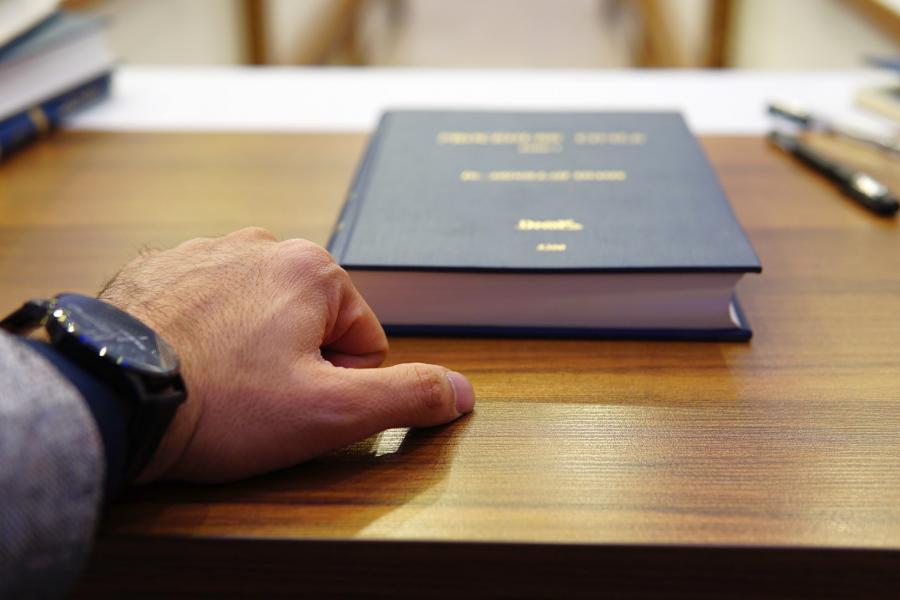What Is Admissible Evidence?
Prosecutors and criminal defendants in the common-law nations may present evidence to support their cases in civil proceedings. While the onus is on the state to establish guilt beyond a reasonable doubt, the defendant may present evidence to prove innocence. Before or during the trial, each side has the right to review the evidence the other person presents and raise objections to the admission of particular evidence.
The laws governing evidence vary by state but are frequently interchangeable with the Federal Rules of Evidence. Under the law, defendants in criminal cases can ask the court to dismiss evidence that the prosecutor has obtained against their constitutional rights.
Characteristics of Admissible Evidence
The most crucial yardstick for measuring the admissibility of evidence is its relevance to the proceeding. "Relevant Evidence" is any evidence that makes the existence of a fact more or less likely than it would have been without the proof. Simply put, relevant evidence is admissible, while irrelevant evidence is not.
Therefore, it is accurate to say that admissible evidence is that which lawyers can use in a court of law to strengthen or weaken a case. Evidence must satisfy several requirements before the court can admit it. The requirements are even stricter in criminal cases. Major trials frequently involve disputes over the admissibility of evidence, with attorneys on both sides attempting to suppress evidence that does not support their position.
There are many different types of evidence, but only a few can be admissible. Admissible evidence relates to the case and can help prove or disprove facts pertinent to the ongoing case. The identity of the murder weapon, for instance, would be relevant in a murder trial; meanwhile, the defendant's history of breaking lease agreements might not be admissible because it is unrelated to the murder.
Evidence from an expert witness discussing the circumstances and providing acknowledged and established data in the field is admissible. Forensic anthropologists, for instance, could describe how they examined a collection of human remains, talk about the information they learned, and provide data to back up their claims. In contrast, a witness who claims to have gathered information using questionable forensic anthropology techniques would not be allowed to give a testimony.
Physical evidence is admissible when it is relevant to the case, and individuals can show that the custodian of the evidence has handled it carefully to maintain its integrity. Hence, the testimony of a police officer who responded to the crime scene, a forensic technician who processed the evidence, or a bystander who witnessed the crime can all serve as witnesses. These people can all provide admissible evidence.
However, evidence with a history of improper handling or illegal obtaining will not be considered admissible. Such a principle often causes significant issues in legal proceedings. There are instances where evidence is highly relevant, but the court cannot use it because of improper handling.
When determining whether or not the evidence is admissible, judges may also consider "undue prejudice." The individuals presenting the evidence may be required to remove or modify the evidence if the presentation would result in an unreasonable bias. For instance, the court may limit showing a graphic description or image of the crime scene due to concerns about unwarranted prejudice.
Conclusion
Crime investigators generally place a high priority on issues related to admissible evidence. “To ensure that the court acknowledges the evidence they gather, investigators carefully document and secure their evidence for admissibility. That is because admissible evidence can help solve a case. Meanwhile, for the court to admit evidence, it must meet certain features and maintain its integrity,” says criminal defense attorney Jeffrey Lichtman.
More to Read:
Previous Posts:






